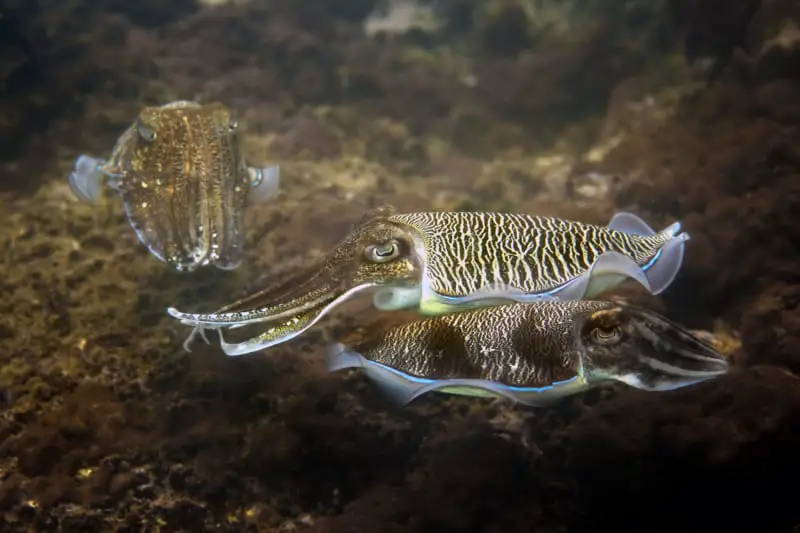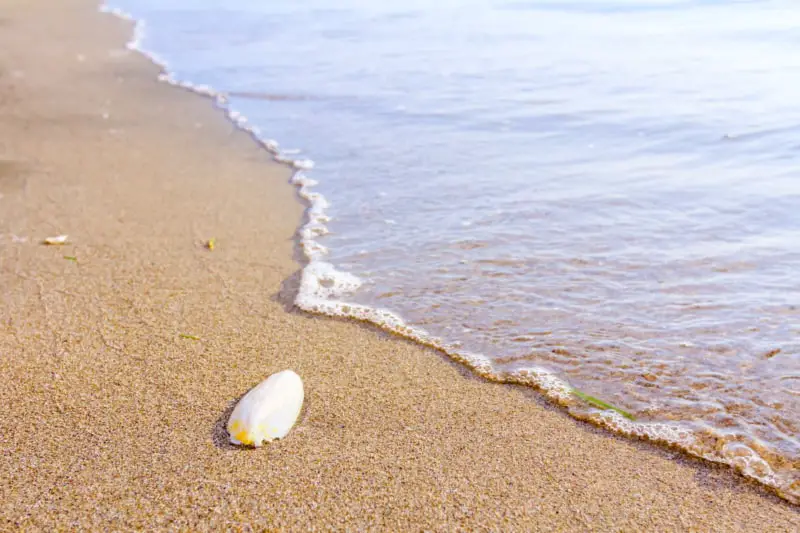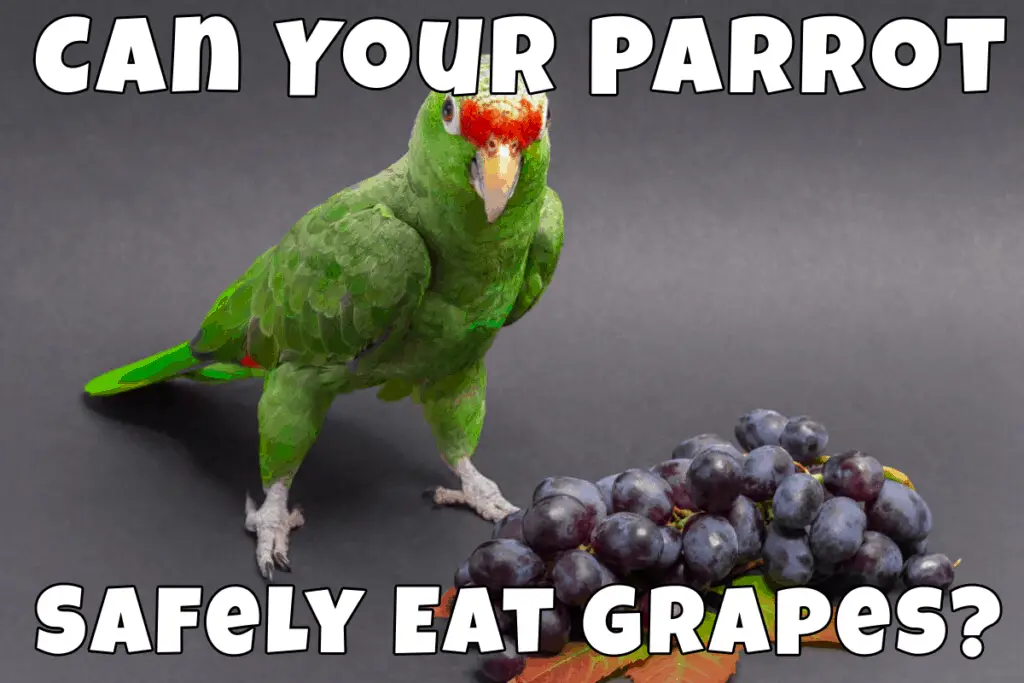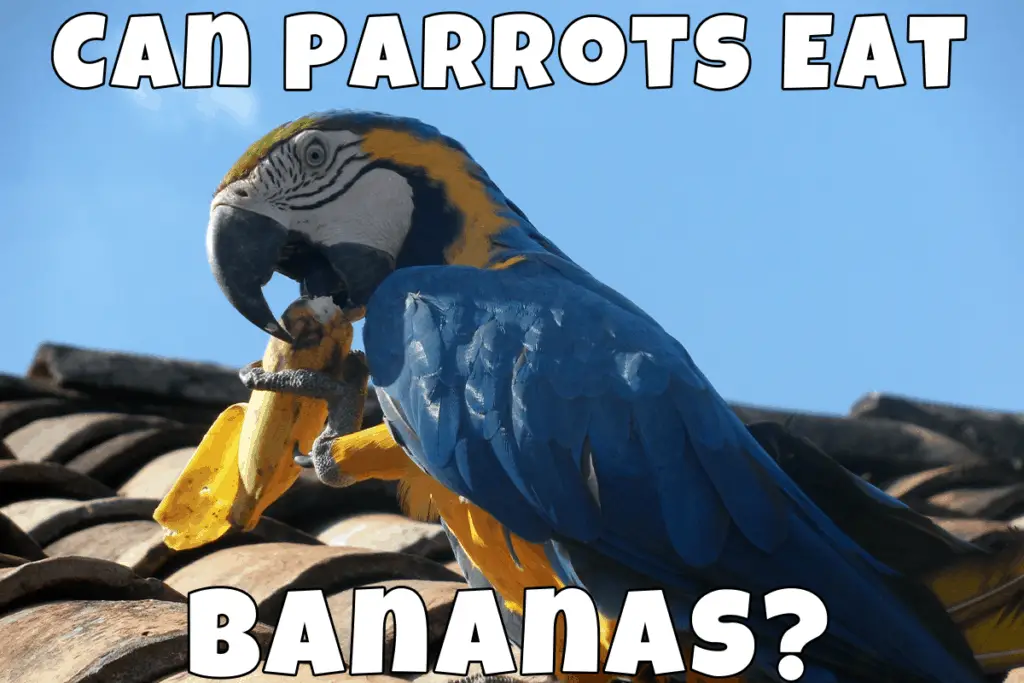If you’ve ever seen parakeets as pets in someone’s home, you’ve noticed a strange huge white thing in their cage or near it. No, it’s not a piece of modern decoration; it’s a cuttlebone. So why do parrots need it? Let’s find out in this article!
Parrots do need a cuttlebone from time to time as a source of minerals. However, in captivity, parrots may not get the necessary dose of minerals for a healthy diet. This is where the cuttlebone comes in and replenishes a parrot’s nutritional needs.
If you still wonder about the necessity for a cuttlebone in your parrot’s cage, read further!
What Is a Cuttlebone?

A cuttlebone is actually a shell of the cuttlefish, which is a cephalopod, the class of octopus and squid. A cuttlebone is a hard inner part that helps this “fish” support its form.
However, do not cry environmental hazard – cuttlefish are not slaughtered to get your parrot minerals. The cuttlebone dies naturally and leaves the bone in the natural environment.
Do Parrots Beaks Change Color?
Why Is Cuttlebone Useful for Parrots?
Unfortunately, parrots do not get all the necessary amount of nutrients from their diet, no matter how much you want to balance it. Among the lacking minerals is calcium which parrots could potentially get from dairy/cheese or eggshells. We’ve already discussed the topic, and you can check the previous articles.
Lacking proper amounts of calcium can lead to drastic issues with beak, bones, and feathers. The beak suffers the most from the lack of calcium.
As your bird scratches and chews the bone, it’ll get enough calcium to cover its daily needs without other dietary supplements.
Plus, as your parrot rubs its beak against the cuttlebone, it scraps its and reduces the growth. The case is, even grown parrots still have their beaks grow and need hard ingredients to curb it. This will quickly become your parrot’s grooming basics.
How to Place Cuttlebone?
Usually, the cuttlebone is sold with clips or other devices that can be attached to the cage. You should always secure the bone, so it’s placed sturdily in the cage.
Worst-case scenario, you don’t have any way to attach the bone; you can just sprinkle the cuttlebone powder on your parrot’s food.
Overall, you should also know that cuttlebone, being a part of a marine dweller, has a strong seawater aftertaste. Thus, parrots are reluctant to use it. If you find that your pet is one of such connoisseurs, there is a trick to remove the taste. Try soaking the bone in water overnight to get rid of the taste! If it doesn’t work and your parrot still refuses, try replacing the cuttlebone – it may have gone bad, or it may be just old and too hard for your parrot. Especially if you have a tiny parrot with a sensitive beak.
Overall, if stored properly, the cuttlebone should not expire. The issues come alongside improved storage conditions.
Can Parrots Eat Lemongrass Safely?
Do Parrots Need a Mineral Rock?
As an alternative, you can buy one of the wide varieties of mineral rocks designed for parrot use. They can also provide the necessary amounts of calcium instead of the cuttlebone. And while mineral rocks are in no way a necessity, they’ll make an excellent addition to your parrot’s diet.
Do Parrots Need Both Mineral Supplements?

Overall, parrots do not NEED both a cuttlebone and a mineral rock. However, many parrot owners prefer to provide both so that their bird has options.
If you still would like to choose between the two, here are their comparisons.
Cuttlebone Pros:
- natural
- inexpensive
- great clcium supplement
Cuttlebone Cons:
- taste is not the best for a parrot; a bird may refuse it
Mineral Rock Pros
- inexpensive
- can contain a variety of minerals
- tasty
Mineral Rock Cons:
- not natural
Well, these are the pros and cons that may affect your decision to choose mineral supplements for your parrots. Notice that the rock is not automatically bad for your parrot; it’s just not natural. And some owners prefer only natural and eco goods.
In conclusion, I’d like to highlight that a cuttlebone is not the right choice for all parrots, specifically because of its taste. If you’ve done the trick by soaking it overnight and your pet still doesn’t want it, your bird may never want to eat the bone. And there is no need to push your bird. You can add calcium to your diet in other ways.


